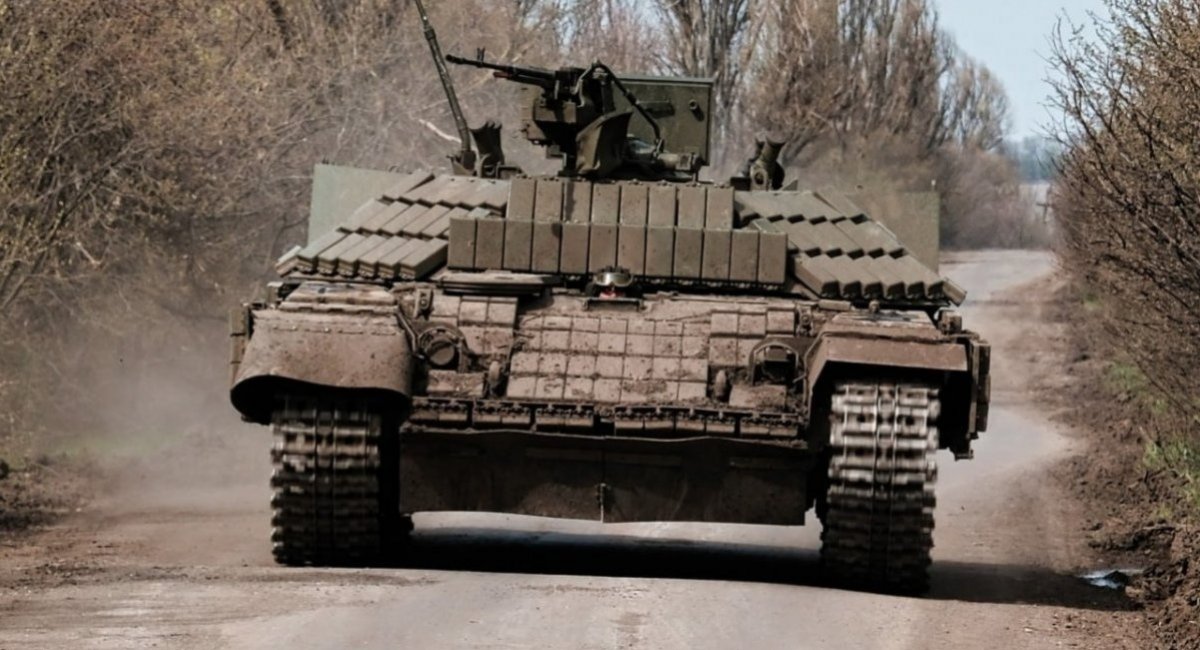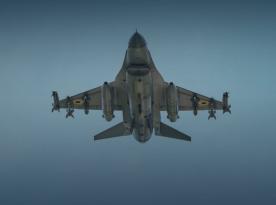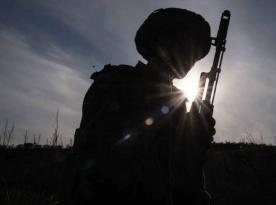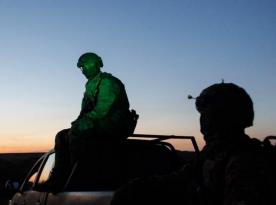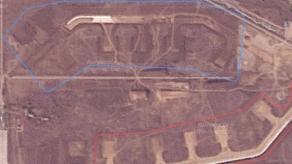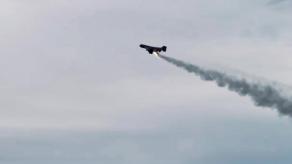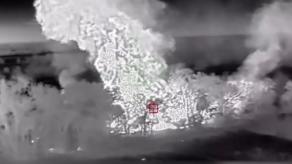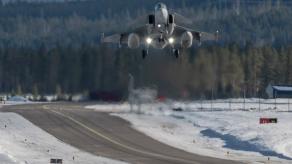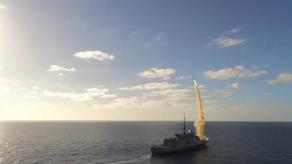A video has surfaced on social media showing a rare armored vehicle designated as the BTR-T, based on the T-64 tank, though the time and location of the recording remain undisclosed. The first mention of the BTR-T in service with the Armed Forces of Ukraine appeared in the spring of 2023. At that time, available information suggested that such vehicles could see widespread use in the military.
However, two years have passed since then, during which this BTR-T has not been seen in public sources. This, in turn, points to the main challenge with this vehicle—not its characteristics, but the feasibility of mass production under current conditions.
Read more: New V-BAT Drones in Ukraine: Shield AI Declassifies Their Use in the Unmanned Systems Forces
To begin with, let’s briefly recall the timeline. The heavy BTR based on the T-64 first appeared in the Armed Forces of Ukraine in April 2023 during the battles for Bakhmut.
Images available at the time suggested that the vehicle’s configuration had not undergone significant changes during production. It was armed with a 12.7 mm NSVT machine gun mounted on a remotely controlled turret, and its protection was reinforced with Kontakt-1 explosive reactive armor blocks. However, the capacity of the troop compartment was not disclosed.
In May 2023, a video published on the Motolife channel revealed that this vehicle was designated as the BTR-T, had been manufactured at a factory, and was intended to transport troops directly to frontline positions under intense combat conditions.
Since then, no further public mentions of the BTR-T have appeared in open sources. However, the subsequent course of the russian-Ukrainian war has only reinforced the need for such heavy armored vehicles in Ukraine’s armed forces. The dominance of drones on the battlefield poses a constant threat not only to armored vehicles but also to infantry, which could greatly benefit from additional protection.
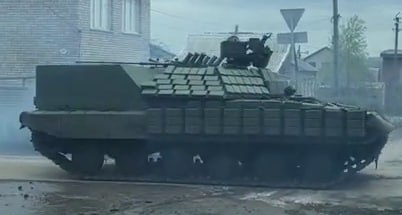
Moreover, given the ongoing battles in the Kursk region and their maneuvering nature, heavy armored personnel carriers based on tank chassis could be highly relevant in this sector in large numbers.
Against this backdrop, it can be assumed that the primary challenge with the domestic BTR-T lies in achieving the necessary level of mass production. The original vehicle of this type was based on the T-64, which likely could not be fully restored after sustaining combat damage. Additionally, there may not have been a sufficient number of tank chassis suitable for conversion into additional BTR-T units.
Nevertheless, all of the above underscores the importance of heavy armored vehicles based on Soviet-era tanks and Warsaw Pact-standard equipment for the Armed Forces of Ukraine.
Read more: Ukrainian Warriors Repel Enemy Assault, Destroying Over 10 Armored Vehicles




